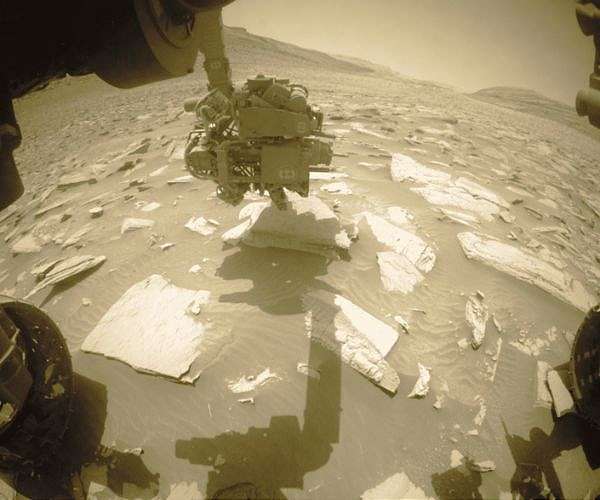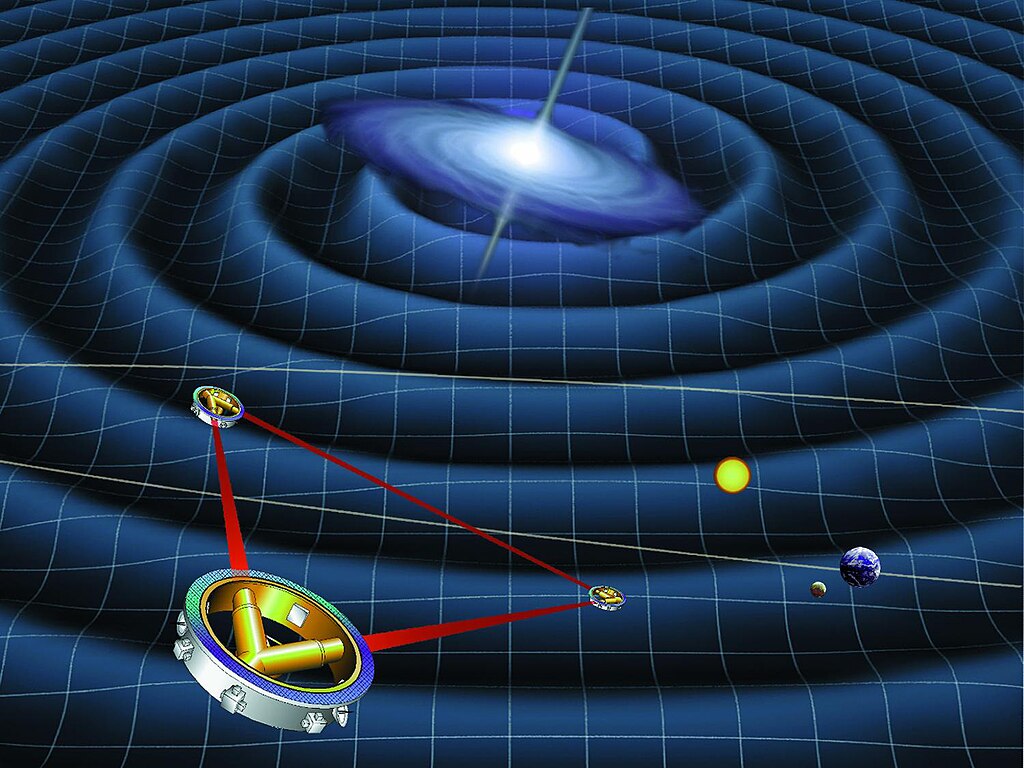Sols 4066-4070: Cracking Up
by Lucy Thompson| Planetary Geologist – UNB
Pasadena CA (JPL) Jan 17, 2024
Earth planning date: Friday, January 12, 2024: Cracking up – not Curiosity, but the rocks! It is all about the cracks and fractures in the workspace for this 4-sol plan. We have observed resistant, polygonal fractures/ridges in many recent bedrock blocks. There is much speculation among the team as to the origin of these features. Hypotheses have different implications for past environments, and the polygonal fractures are therefore of high interest.
As well as the polygonal fractures, there are more continuous linear veins. The relationship between the polygonal and linear fractures can also help to inform our interpretations. In order to investigate both hypotheses, we planned multiple chemical and imaging observations of the polygonal features and linear fractures/veins in this jam-packed 4-sol holiday plan.
ChemCam will shoot its laser at examples of linear veins (“Soda Creek” and “Windy Ridge”) and polygonal fractures (“Monola”), and we will capture these targets within a Mastcam mosaic. The arm instruments will also be in on the action!
As the APXS strategic planner today, I proposed a 4-spot APXS/MAHLI raster across an intersection of some of the polygonal ridges/fractures (“Split Mountain”) to investigate their composition and texture versus the substrate bedrock. This resulted in the plan being a little more complex than usual, but the rover engineers at JPL rose to the challenge and managed to accommodate our request. MAHLI will also image the “Great Western Divide” linear vein – polygonal fracture/ridge intersection.
To document other examples of linear veins and polygonal features a little further afield Mastcam will acquire images of: the previous “George Creek” and “Hogback Creek” targets to enable stereo imaging; an area in the vicinity of the previous “Isosceles Peak” target; and the area around the “Taboose Creek” target. Not everything is “cracking up” though! CCAM will also acquire long-distance RMI mosaics of the Kukenan butte, and the “Ragged Spur” dark patch of bedrock. After a planned drive to the east of our current location, we will image the terrain beneath the wheels with MARDI.
Not to be outdone, the environmental scientists also have abundant activities and observations in this bumper holiday plan. The first sol is devoted to coordinated ChemCam passive, SAM, and APXS atmospheric observations as well as a Mastcam tau to measure the amount of dust in the atmosphere. We are also acquiring a Navcam dust devil movie, a zenith movie, and supra horizon and line of sight imaging. Standard REMS, RAD and DAN activities round out the plan.
Sols 4064-4066: A Bird in the Hand…
by Emma Harris | Graduate Student at Natural History Museum
Earth planning date: Wednesday, January 10, 2024: Today the science team members were excited about having reached an area of polygonal fracturing in the workspace. Unfortunately, due to possible rover instability we were unable to unstow the arm safely and thus, no contact science today.
The image above shows the unstowed arm performing contact science on a previous target “Chagoopa.” A discussion arose, debating whether we should slightly reposition here – known as a ‘bump’ – into a good place for contact science, or if we should keep driving onwards and upwards. Ultimately, the discussion concluded ‘a bird in the hand,’ and we chose to slightly readjust and bump here in preparation for contact science during the upcoming weekend plan.
A lack of contact science today meant remote sensing science could have a field day! Today we planned 1.5 hours of remote activities, beginning with a ChemCam LIBS on the polygonal fractures on target “Evolution Valley.” Geo also planned two long distance ChemCam RMIs of upper Gediz Vallis Ridge.
The Mastcam team were able to complete every request for an image in the time we had today, including six bedrock targets all named creek: “Cartridge Creek,” “Carroll Creek,” “Cataract Creek,” “George Creek,” “Hogback Creek,” and “Pinyon Creek.” The planned science on this first sol ends with a Navcam suprahorizon movie.
After the targeted science, the rover is on the move – although not very far! We’ll bump here ready for a whopping 3 hours of planned science over the weekend, hopefully including contact science on the polygonal fractures in this workspace.
On the second sol of this plan the rover will automatically take a ChemCam LIBS target to maximise science return and Navcam will search for dust devils. Here’s to a wonderful weekend full of science and making the most of this bird in the hand.
Related Links
Curiosity Mars Science Laboratory
Mars News and Information at MarsDaily.com
Lunar Dreams and more




